25 Qing Dynasty tombs discovered in Hunan
Source: Xinhua | 2022-05-24 | Editor:Lexi
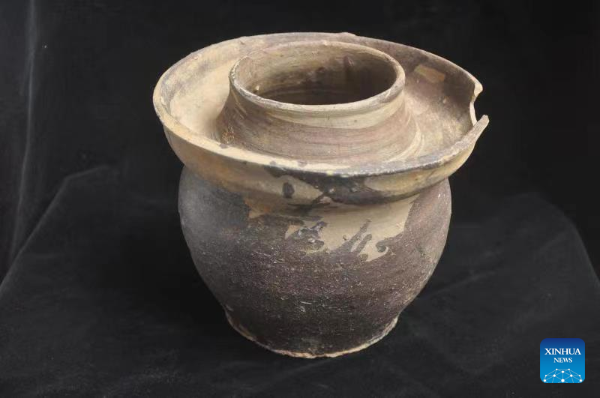
File photo shows a cultural relic unearthed at the Houbeishan tomb complex in the city of Yongzhou, central China's Hunan Province.
Archaeologists have found 25 tombs dating back to the Qing Dynasty (1644-1911) in central China's Hunan Province, according to the provincial cultural relics and archaeology research institute.
(Hunan provincial cultural relics and archaeology research institute/Handout via Xinhua)
Archaeologists have found 25 tombs dating back to the Qing Dynasty (1644-1911) in central China's Hunan Province, according to the provincial cultural relics and archaeology research institute.
More than 60 cultural relics, including porcelain jars, porcelain bowls, copper hairpins and copper knives, were unearthed at the Houbeishan tomb complex in the city of Yongzhou.
Some of these porcelain jars, known locally as "food jars," were found with food residue inside. According to experts, there was a local burial custom to preserve food in tombs, and the practice continues to this day.
Archaeologists said the distribution of the tombs suggests that they belonged to a family, and that the owners of two adjacent tombs were husband and wife.
"The discovery of the tombs provides new archaeological materials for understanding the funeral customs and local history and culture in southern China during the Qing Dynasty," said Li Yiyuan, an associate research fellow with the institute.
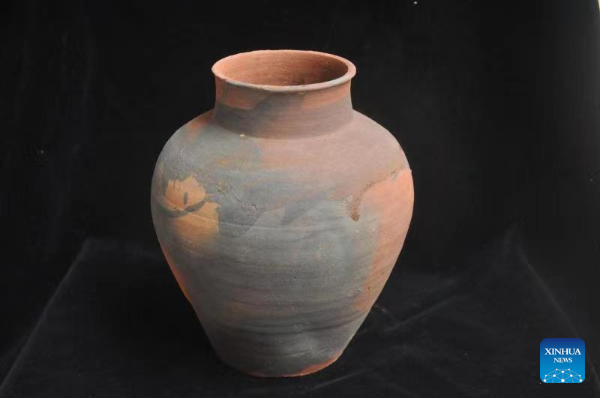
File photo shows a cultural relic unearthed at the Houbeishan tomb complex in the city of Yongzhou, central China's Hunan Province.
Archaeologists have found 25 tombs dating back to the Qing Dynasty (1644-1911) in central China's Hunan Province, according to the provincial cultural relics and archaeology research institute.
(Hunan provincial cultural relics and archaeology research institute/Handout via Xinhua)
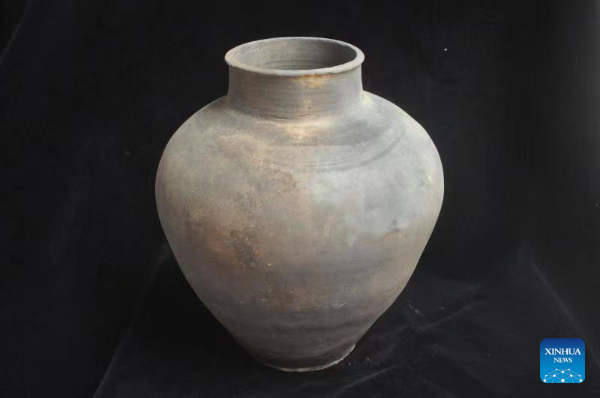
File photo shows a cultural relic unearthed at the Houbeishan tomb complex in the city of Yongzhou, central China's Hunan Province.
Archaeologists have found 25 tombs dating back to the Qing Dynasty (1644-1911) in central China's Hunan Province, according to the provincial cultural relics and archaeology research institute.
(Hunan provincial cultural relics and archaeology research institute/Handout via Xinhua)
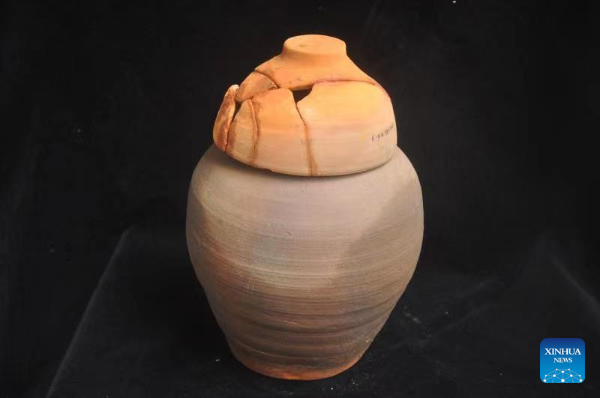
File photo shows a cultural relic unearthed at the Houbeishan tomb complex in the city of Yongzhou, central China's Hunan Province.
Archaeologists have found 25 tombs dating back to the Qing Dynasty (1644-1911) in central China's Hunan Province, according to the provincial cultural relics and archaeology research institute.
(Hunan provincial cultural relics and archaeology research institute/Handout via Xinhua)
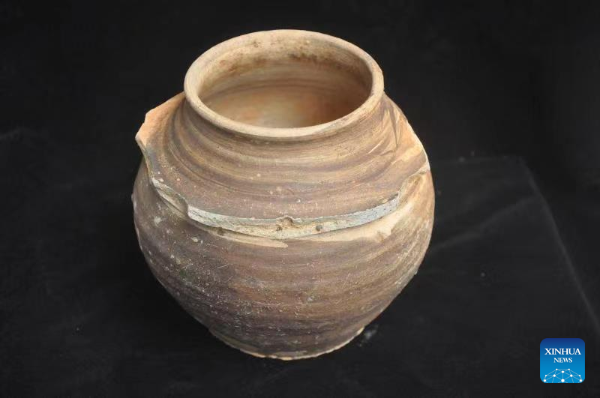
File photo shows a cultural relic unearthed at the Houbeishan tomb complex in the city of Yongzhou, central China's Hunan Province.
Archaeologists have found 25 tombs dating back to the Qing Dynasty (1644-1911) in central China's Hunan Province, according to the provincial cultural relics and archaeology research institute.
(Hunan provincial cultural relics and archaeology research institute/Handout via Xinhua)
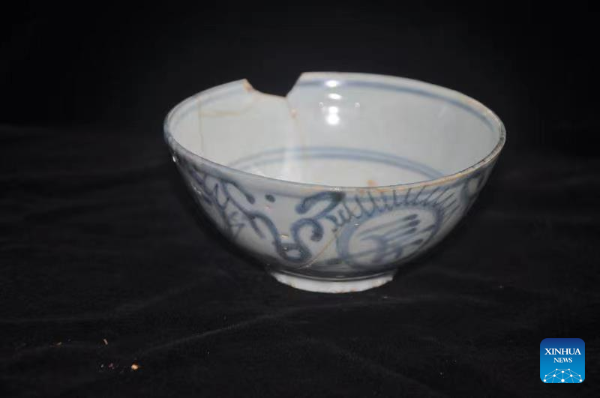
File photo shows a porcelain bowl unearthed at the Houbeishan tomb complex in the city of Yongzhou, central China's Hunan Province.
Archaeologists have found 25 tombs dating back to the Qing Dynasty (1644-1911) in central China's Hunan Province, according to the provincial cultural relics and archaeology research institute.
(Hunan provincial cultural relics and archaeology research institute/Handout via Xinhua)
You May Like
-
Across China: Young artists brighten Wuhan with paintings
Looking down from the sightseeing balloon, tourists are amazed by the ground painting in the East Lake scenic area in Wuhan, capital of central China's Hubei Pr...
InKunming 2022-05-24 -
Scenery of Wushan section of Yangtze River in Chongqing
Aerial photo shows the scenery of the Wushan section of Yangtze River in southwest China's Chongqing Municipality.
InKunming 2022-05-23 -
International Tea Day: Tea aroma wafts across China
Tea is one of the three major drinks in the world, produced in more than 60 countries and regions worldwide and enjoyed by over two billion people.
InKunming 2022-05-23







